This hot European summer, anti-tourism protests have made headlines, from Barcelona to Venice, Mallorca and the Canary Islands. The unrest is not confined to Europe, though.
In Mexico City on Friday, peaceful protests against overtourism and gentrification by foreign “digital nomads” turned violent, with a small group of protesters smashing storefront windows and ransacking stores.
Earlier this year, Japan’s tourism board urged Australians to swap Tokyo and Kyoto (where tourists have been accused of harassing geishas) for less-travelled destinations. Tourists have been criticised for behaving badly in Antarctica and Bali (where tourism accounts for 60–70% of its gross domestic product), too.
While unrest about overtourism in Europe dates to at least 2017, this year marks a milestone: protests have been coordinated by community campaigners across the continent for the first time. Locals have resorted to anti-tourism graffiti in Athens, water pistol attacks in Italy, Portugal and Spain, and a water parade against cruise ships in Venice. Security warnings for travellers to Europe have been issued this northern summer season.
Common complaints are overcrowding, housing unaffordability, and damage to physical and natural environments. Elsewhere in the world, concerns also include unbalanced tourism policies, insensitive tourists and real estate speculation.
But local protests against tourism are not new. They have a long history: from ancient Rome and 19th-century Brighton, to Hawaii and the Caribbean after the rise of mass tourism in the 1950s.
Gerardo Vieyra/NurPhoto/Getty Images
Ancient Rome and 19th-century Brighton
Disliking tourists goes back to as long as people have moved for “getaways”. In 51 AD, philosopher Seneca the Younger wrote about tourists escaping Rome for the beach:
Why must I look at drunks staggering along the shore or noisy boating parties […] Who wants to listen to the squabbles of nocturnal serenaders?
This could have been written by a local suffering the drunken excesses of “stag tourism” in today’s Amsterdam. The clash of cultures between the lives of locals, focused on work and family, and the “leave-it-all-behind” spirit of visitors is timeless.
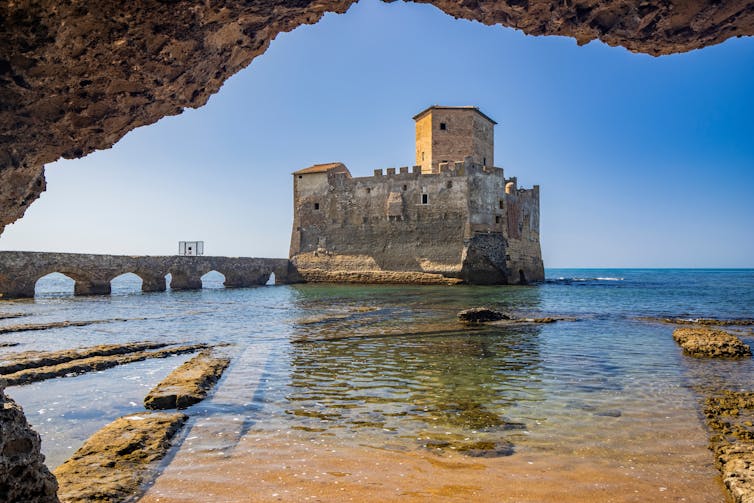
Shutterstock
The modern foundations for today’s tourism were laid in the 1800s, in the United Kingdom. They included the tourism agency developed by Thomas Cook, the transport technologies of the railway and steamships, and a culture of touring established by what was known as the European Grand Tour.
Protests and anti-tourism sentiment developed apace.
In the UK, for example, the wealthy began to take seaside holidays. Resorts were developed to cater to them – but the residents’ lives were often impacted by these newcomers.
The 1827 riots in Brighton marked an early anti-tourism confrontation. Fishing boats were removed from the beachfront after tourists complained about their fishing nets being spread on the beach, and the surly presence of the fishers. The protests were suppressed, the boats displaced from the town’s main beach and the tourists’ sensibilities placated.
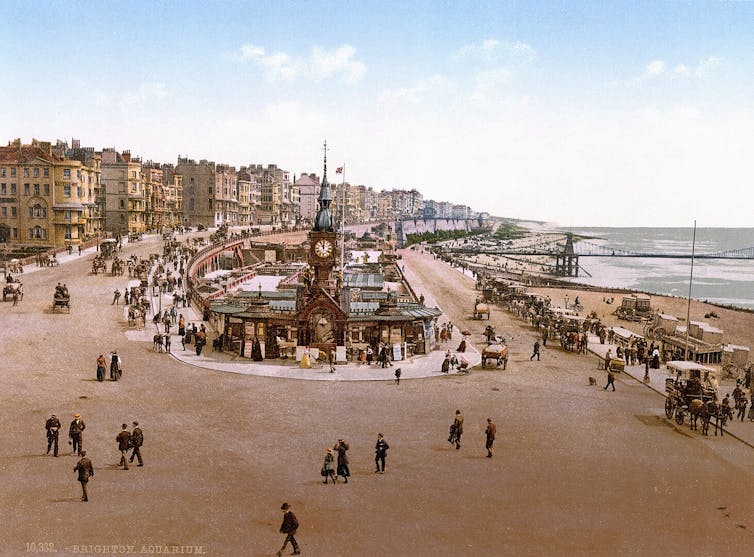
Detroit Publishing Co/Library of Congress/Wikipedia
In the 1880s, concerted protests and activism aimed to keep the railways from bringing trainloads of tourists to the UK’s picturesque Lake District. “The stupid herds of modern tourists let themselves be emptied like coals from a sack at Windermere and Keswick,” wrote philosopher John Ruskin. The protesters achieved at least a temporary victory.
Cruise ships, theme parks and ‘marketing aloha’
Since World War II, however, the catalyst for these protests was the “massification” of tourism. This results from a globalised and commercialised tourism industry. It is symbolised by cruise ships, jumbo jets and big theme parks.
Mass tourism was the result of growing middle classes, granted paid holiday leave. Mass transport systems made tourism cheaper, more accessible and more wide ranging. A tourism culture developed, where certain segments of the global population began to see frequent holidays as a right, rather than a rare privilege.
The classic book The Golden Hordes includes a chapter titled “Paradise Rejected”. It documents local anti-tourism sentiment from the Caribbean to Hawaii to Europe. Authors Louis Turner and John Ash recount violent anti-tourism incidents in the 1970s in places like Jamaica.
Governments often launched national “smile campaigns” to try to prevent tourists from deserting their countries as destinations. This happened while many of these countries were decolonising and charting paths to independence.
Indigenous Kanaka Ma’oli of Hawaii have protested tourism for decades, as the mass tourism industry developed. Tourism to Hawaii was partly based on abused aspects of their cultures, especially marketing “aloha”: romanticising culture in stereotyped ways to appeal to travellers’ exotic fantasies.
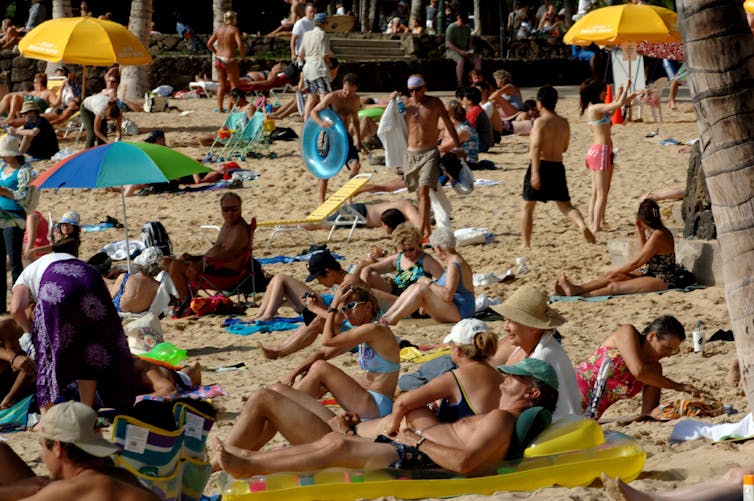
Lucy Pemoni/AAP
Many of Hawaii’s protests happened on its beaches where locals informed tourists of their political context – and about the tourism-induced housing crisis. From 2004, some local activists began leading “Detours” for tourists, to share locals’ views and tell alternative histories.
More recently, Hawaiian residents protested the reopening of tourism too soon after the 2023 Maui fires by staging a “fish-in”. A coalition organised locals to fish in front of tourism resorts at Kaanapali Beach, to draw attention to residents’ lack of permanent housing and the slow speed of post-disaster recovery.
This is a clear example of touristification, where residents feel tourism success is prioritised over local wellbeing.
This postwar era also saw governments competing to host sporting mega-events, in part for the tourism spinoffs. Brazil’s cities were rocked by social movement protests against the enormous costs of hosting soccer’s 2014 FIFA World Cup. Riot police were called to suppress the demonstrations.
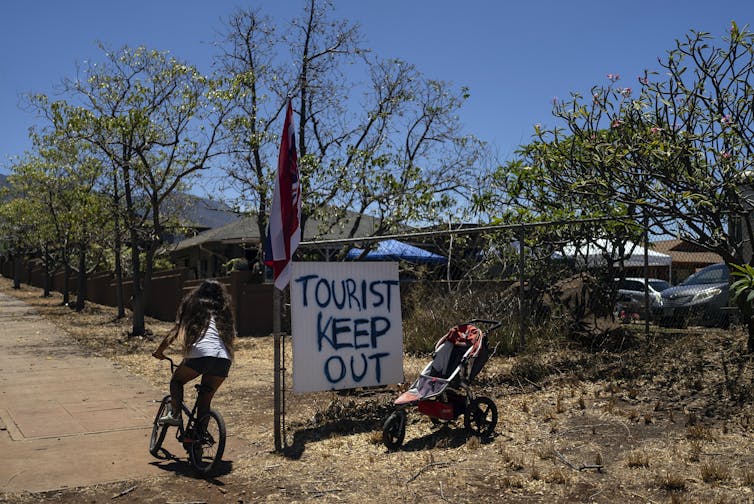
Jae C. Hong/AAP
Protests may soon give way to more comprehensive community strategies. Social movements are organising against overtourism and touristification. For example, a Congress just held in Barcelona (from July 3-6) gathered participants from all around Europe to build learning coalitions to empower communities. It was convened by the global network Stay Grounded.
Looking back, “anti-tourism” might be the wrong term. Local communities are not necessarily against tourists and tourism. They are against disrespectful tourists, a growth-driven tourism industry and governments that fail to manage tourism effectively in the interest of their local residents.
For a very long time now, it has been clear we need to do better – and fed-up local communities are taking matters into their own hands.
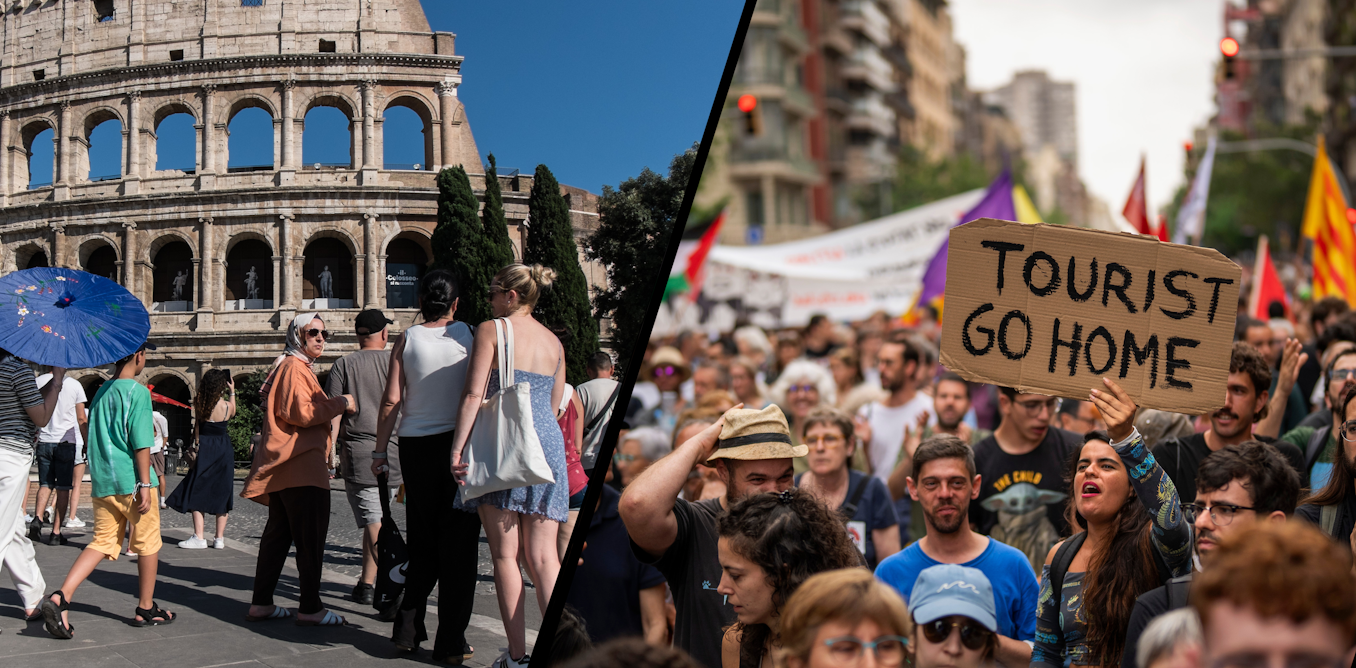
The post “Anti-tourism protests are not new. They happened in ancient Rome, 19th-century England and after World War II” by Freya Higgins-Desbiolles, Adjunct professor and adjunct senior lecturer in tourism management, University of South Australia was published on 07/08/2025 by theconversation.com











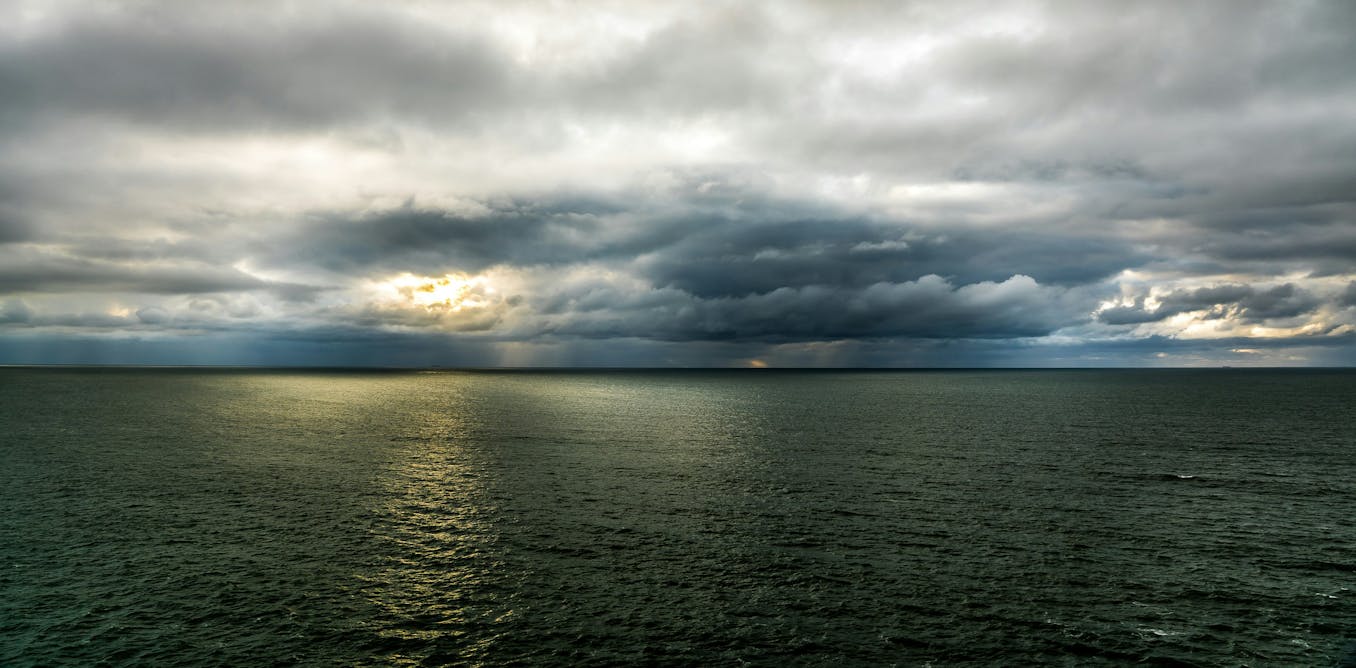

























Leave a Reply